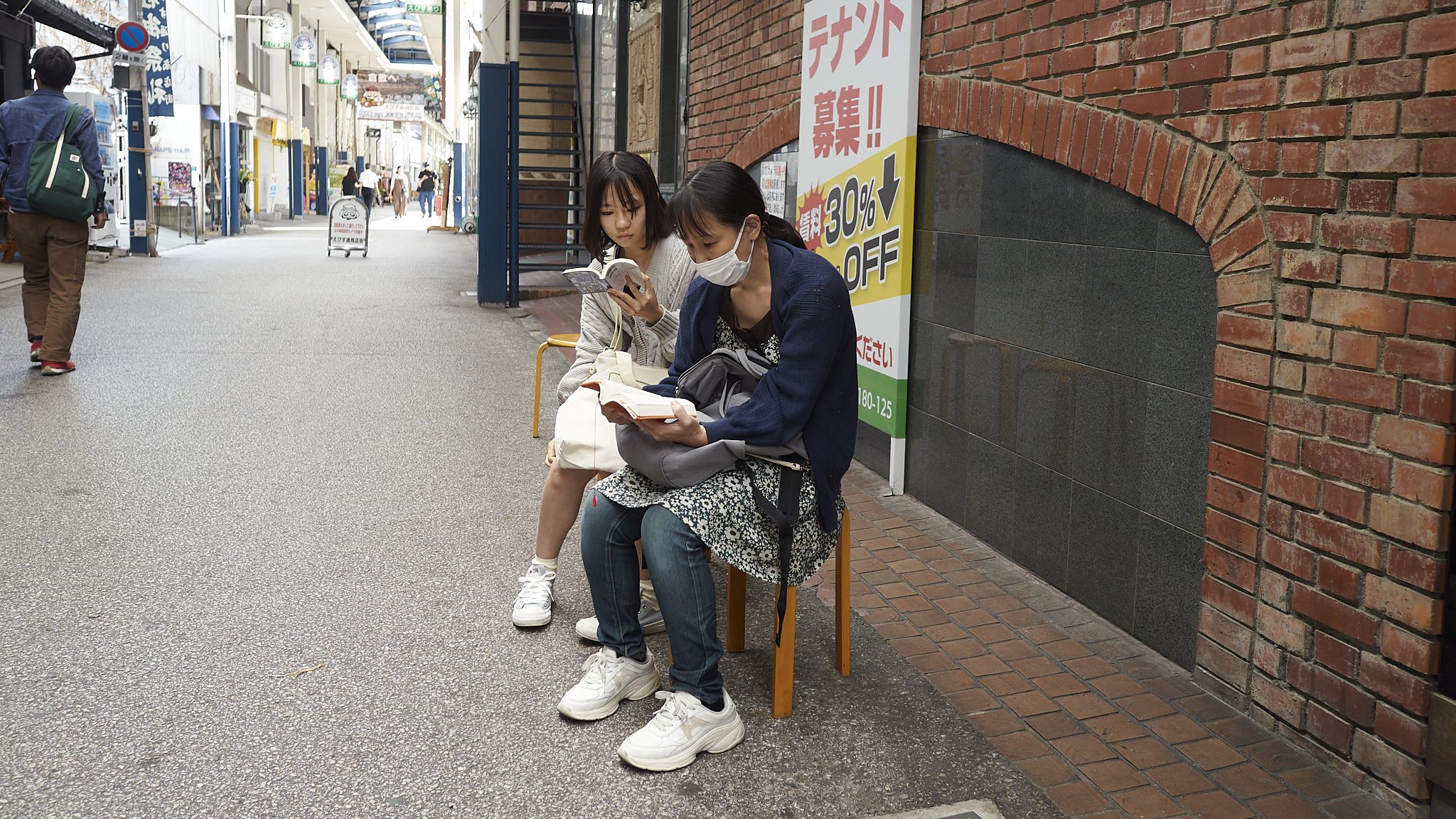I feel sometimes, that the news paper industry, TV and the internet are all heading to the same point and just do not see it.
I shoot video next to a TV camera so we can add that element to an online story, while the TV journalist often shoots stills for their Facebook or web page and the TV camera operators often use cameras similar to mine for their overlay or “B” roll. Ultimately we are all heading towards an online only platform, but still with an ever decreasing “older” format to support.
When will we just merge into the same thing?
Shooting both is difficult, especially for me, because I like candid images and candid video, but it is do-able*. Slowing things down and doing one or the other means that one is “staged”, something I am not fond of especially for video, which is always better first time around.
Does it work?
This is news delivery in the now.
On Monday I put up five videos. One got 3000+ hits (short presser at police HQ about a suspicious death), one got 2000+ hits (ever popular dogs home plea for funds), the other three, all niche stories, accumulated 1000 odd between them, the very worst with only 180 hits (of colourful Highland dancing which I found odd).
To put that 6000+ hits in a day from one source into context, it is a decent percentage of our overall engagement for the day, running both as story toppers and in a newest/top five editorial stories playlist. Like all good monsters, it eats it’s own tail, feeding the machine.
Yes it works, but it is also hit and miss**.
It is inevitable that the various forms of media will merge towards the one true platform, being online, but I do not intend be there to see it from the inside. For those that are, things will change, but change is the norm, not the exception.
*Shoot video during the interview until you have a decent 1-2 minutes of continuous audio, then shoot some overlay and stills.
**The Pressbox, our weekly podcast that we do in house for local sport varies between 1500 to 15000 hits depending on season and event covered. The top end is by far our best performer, usually in football finals month, the lower end is the bar to reach with other subjects.






























































































































